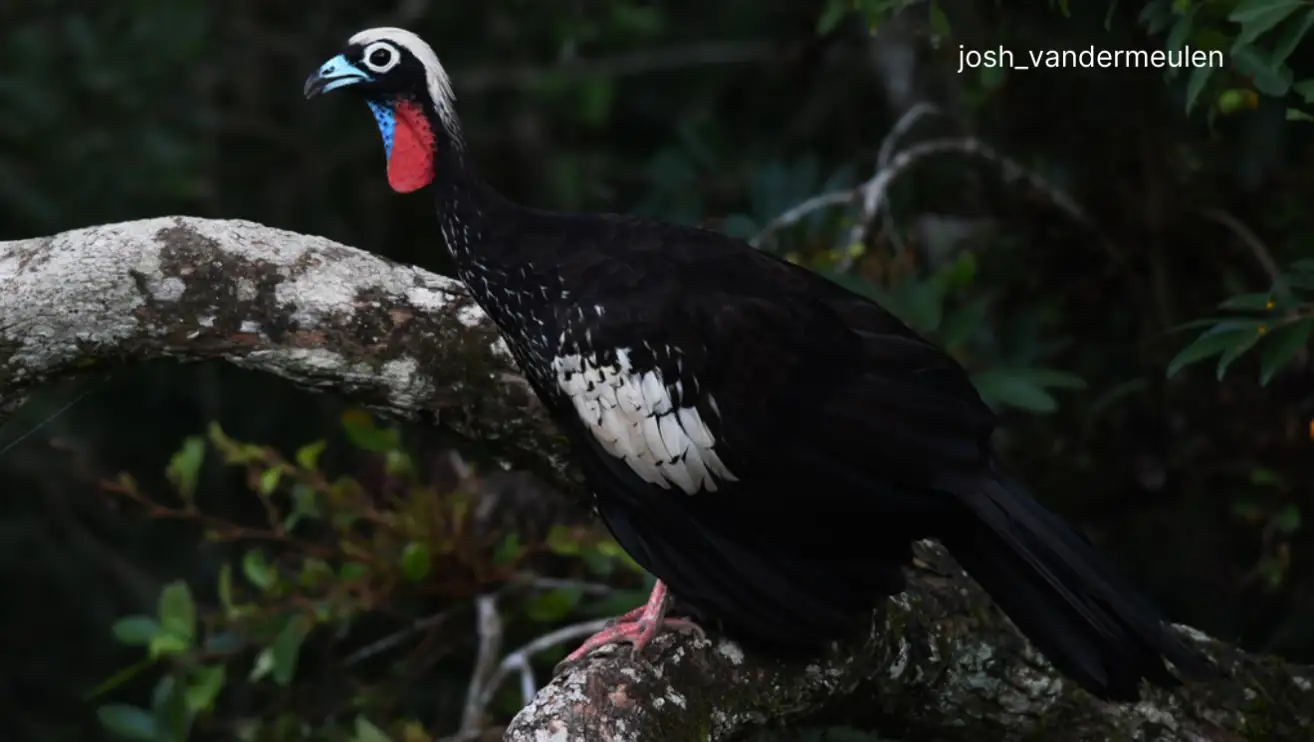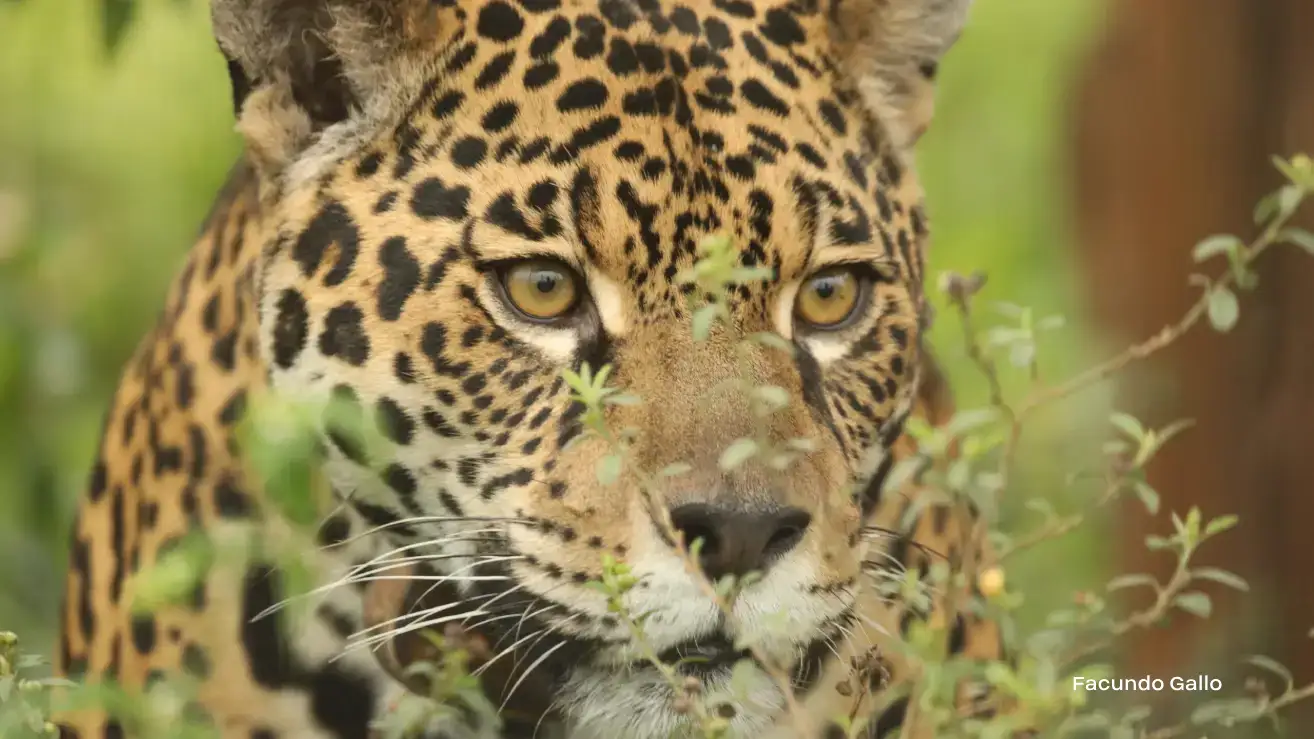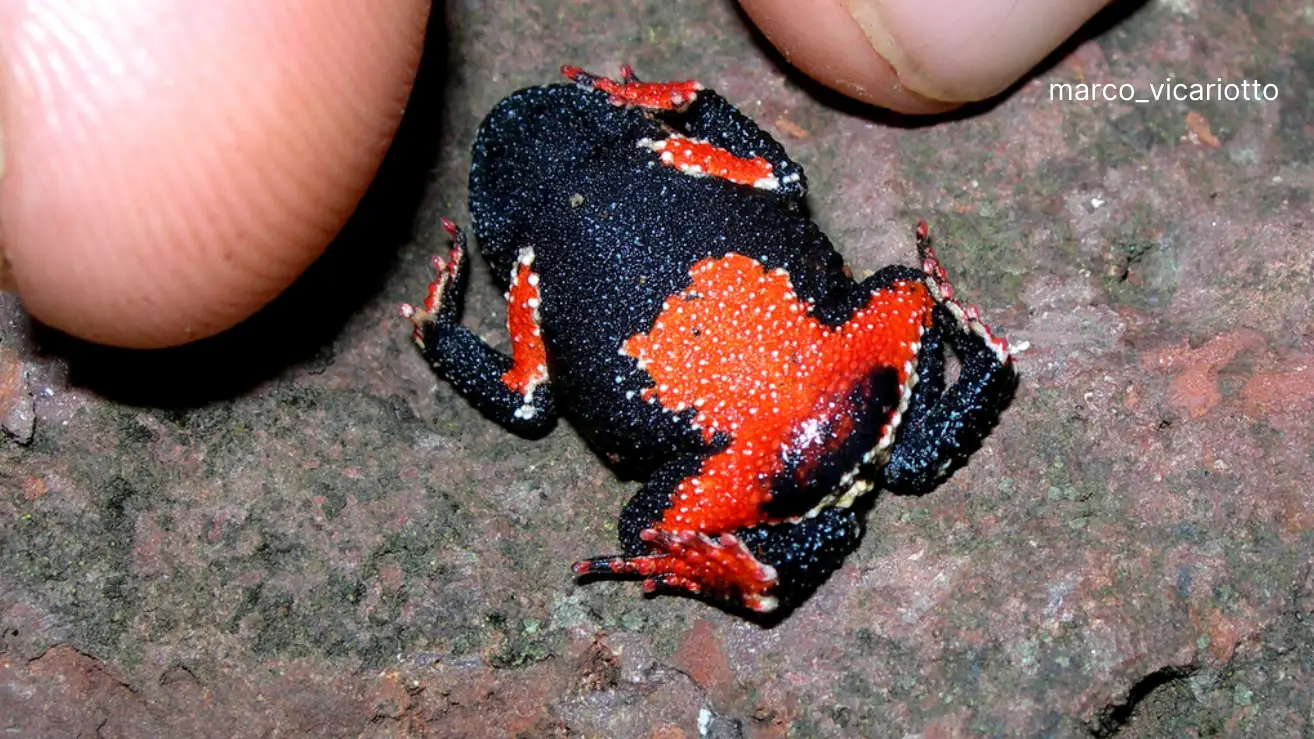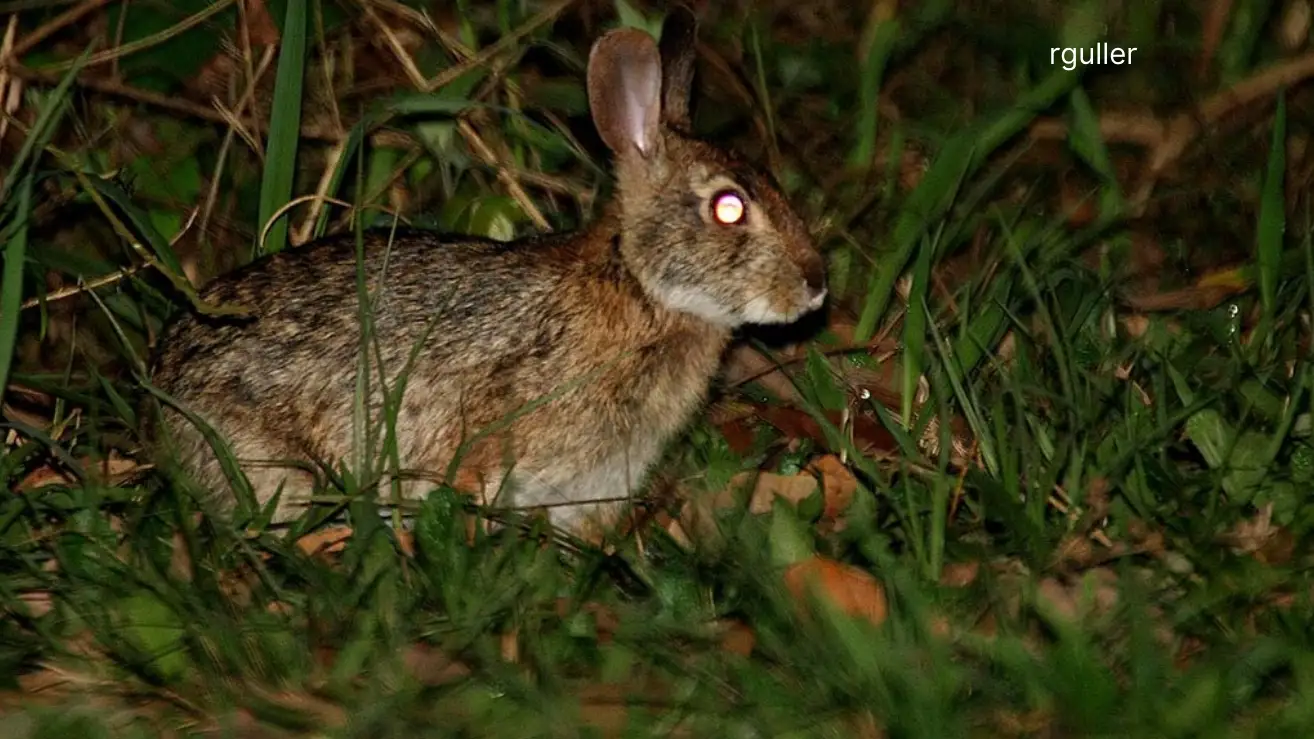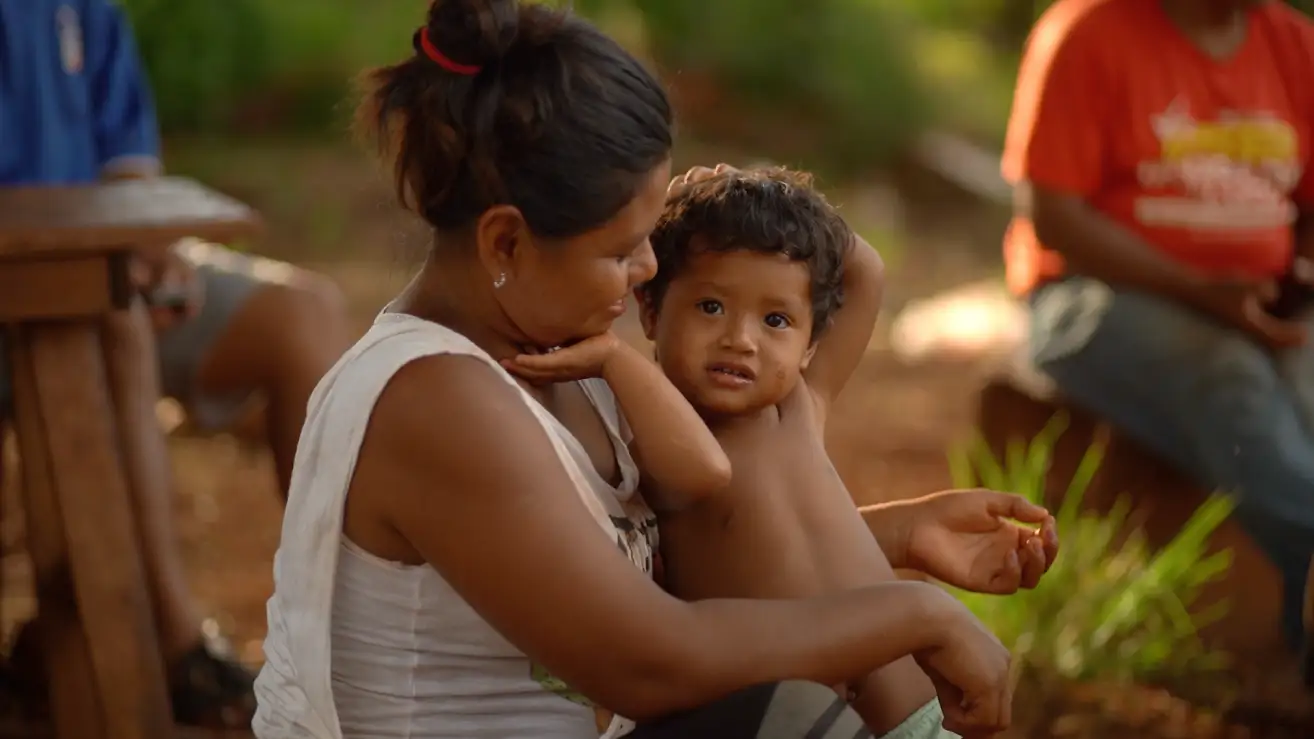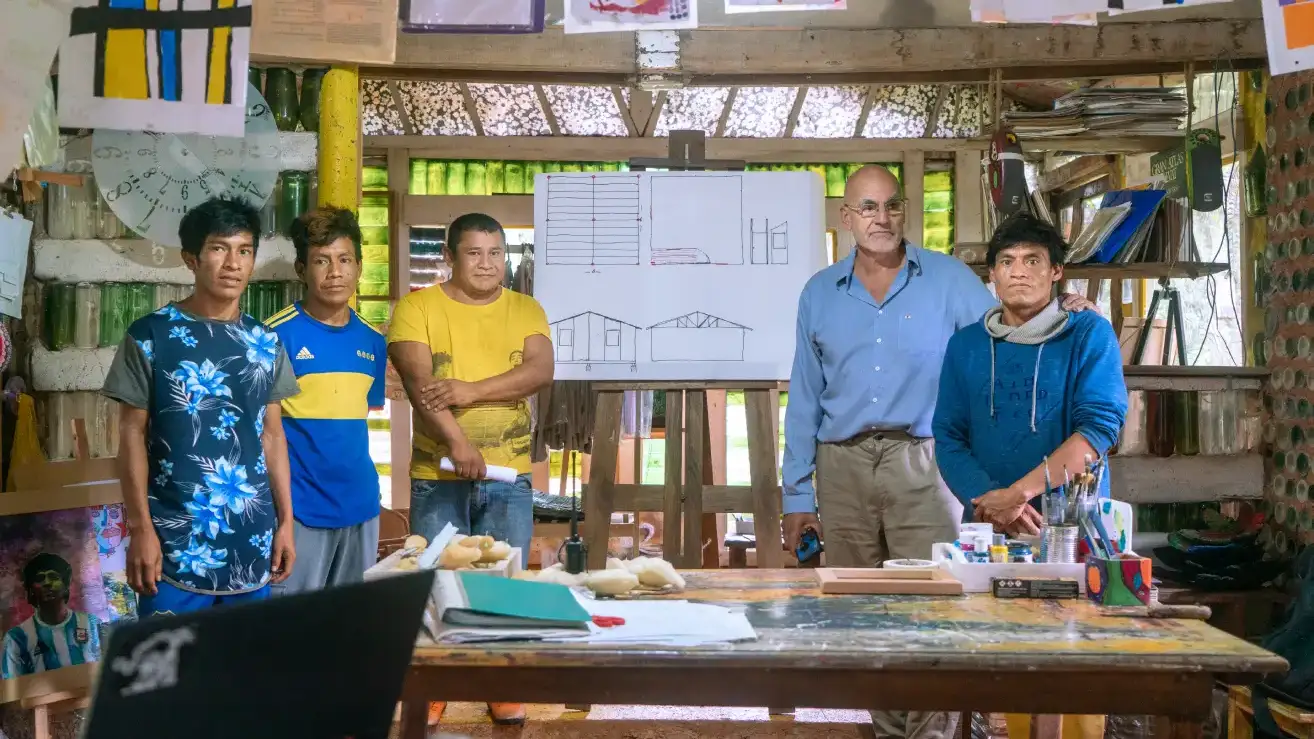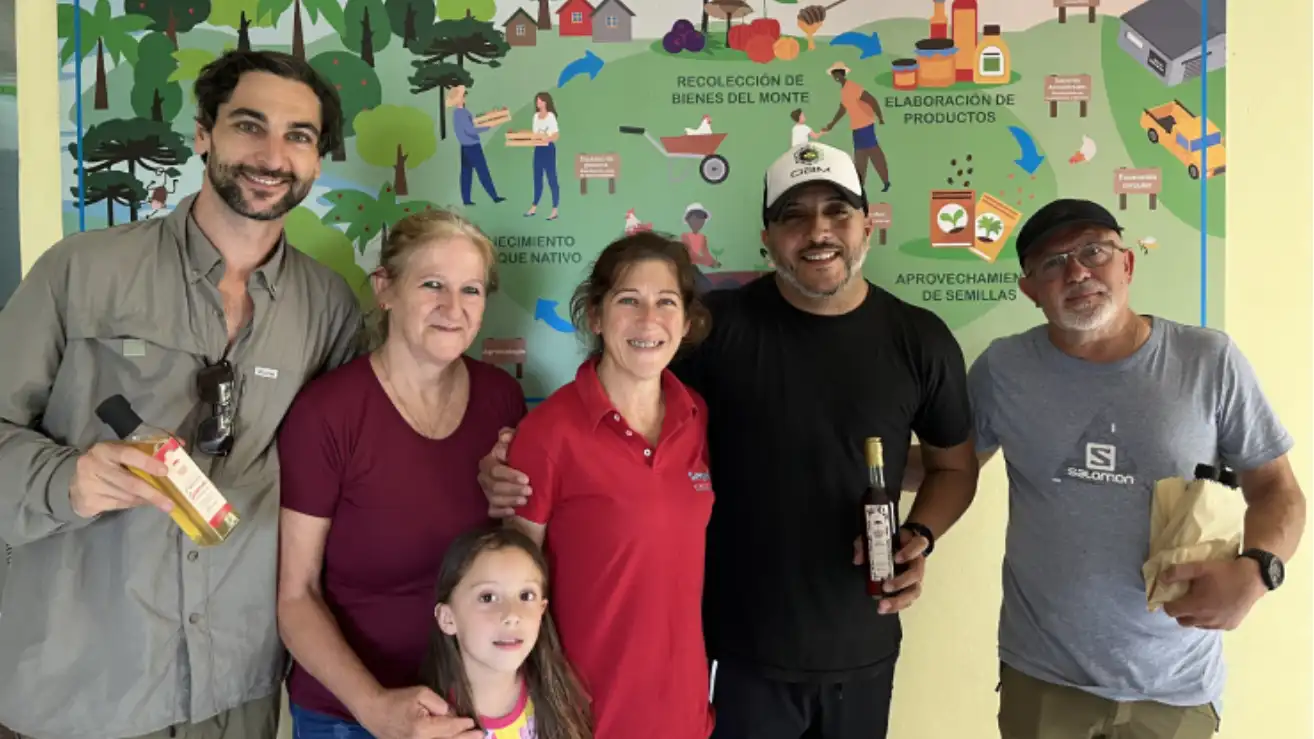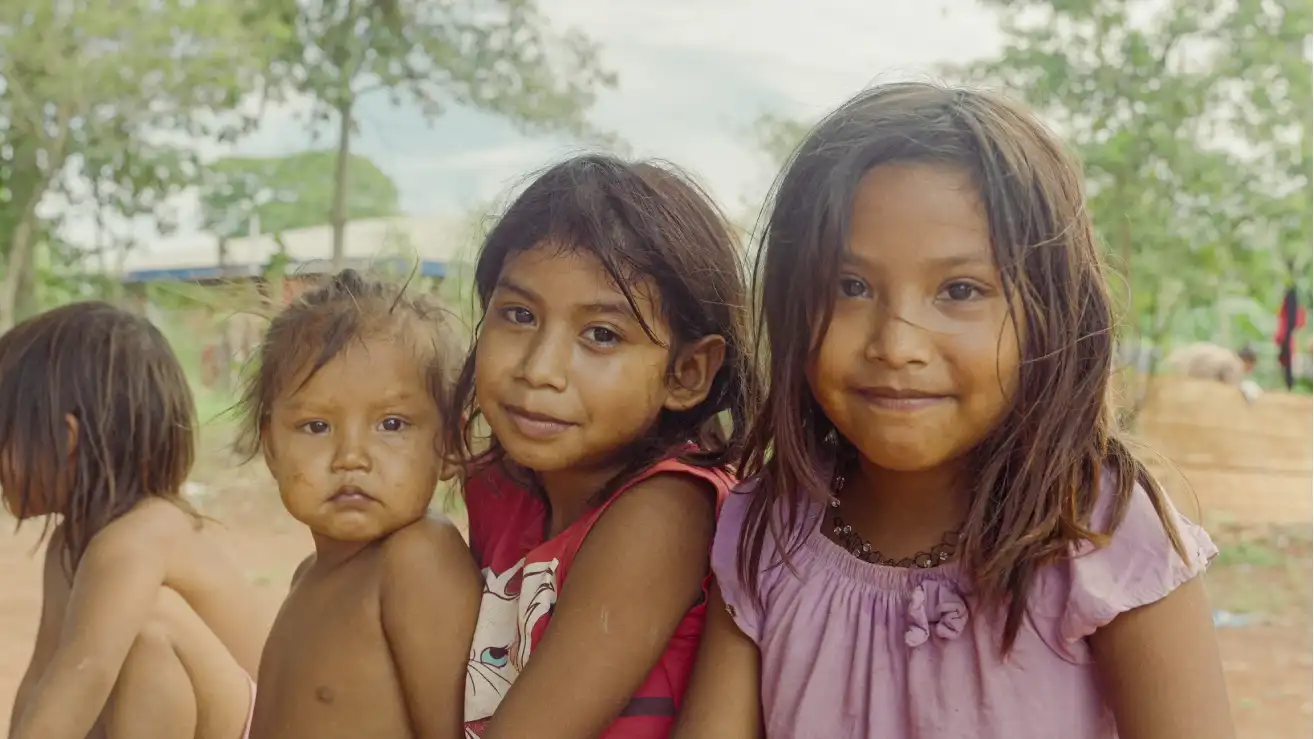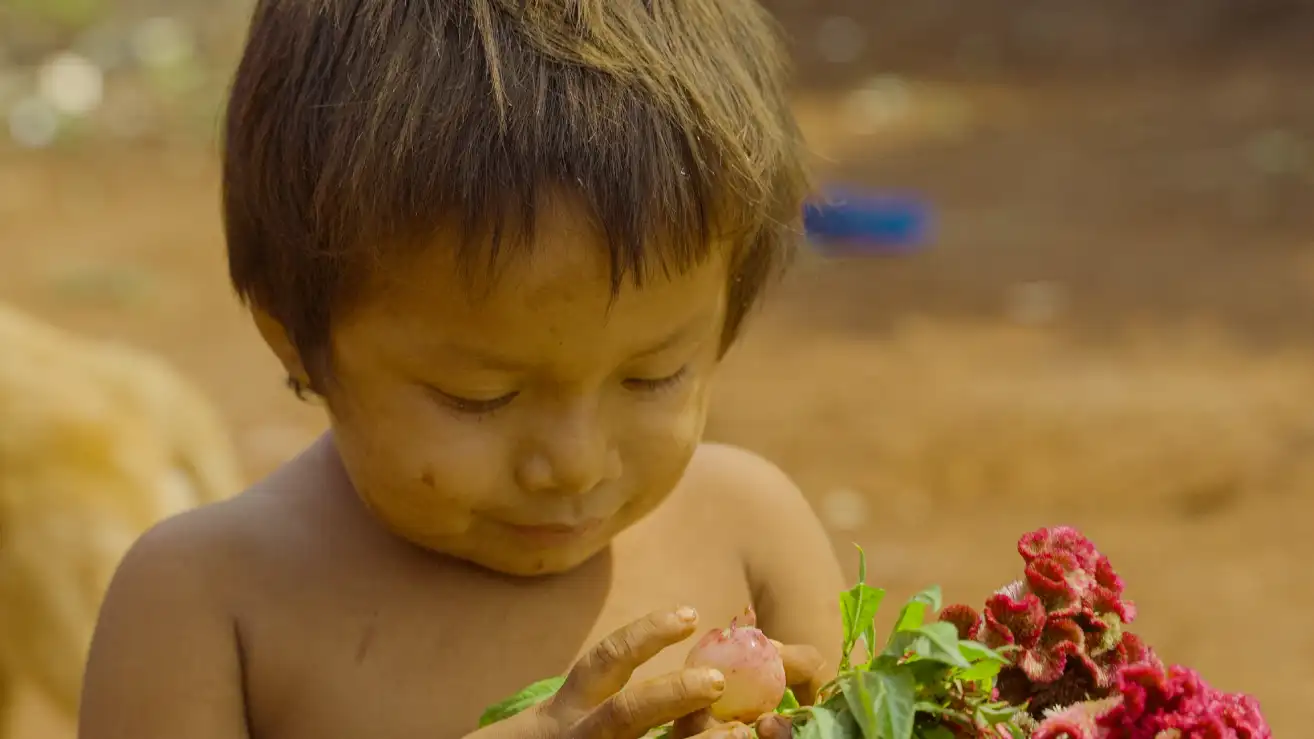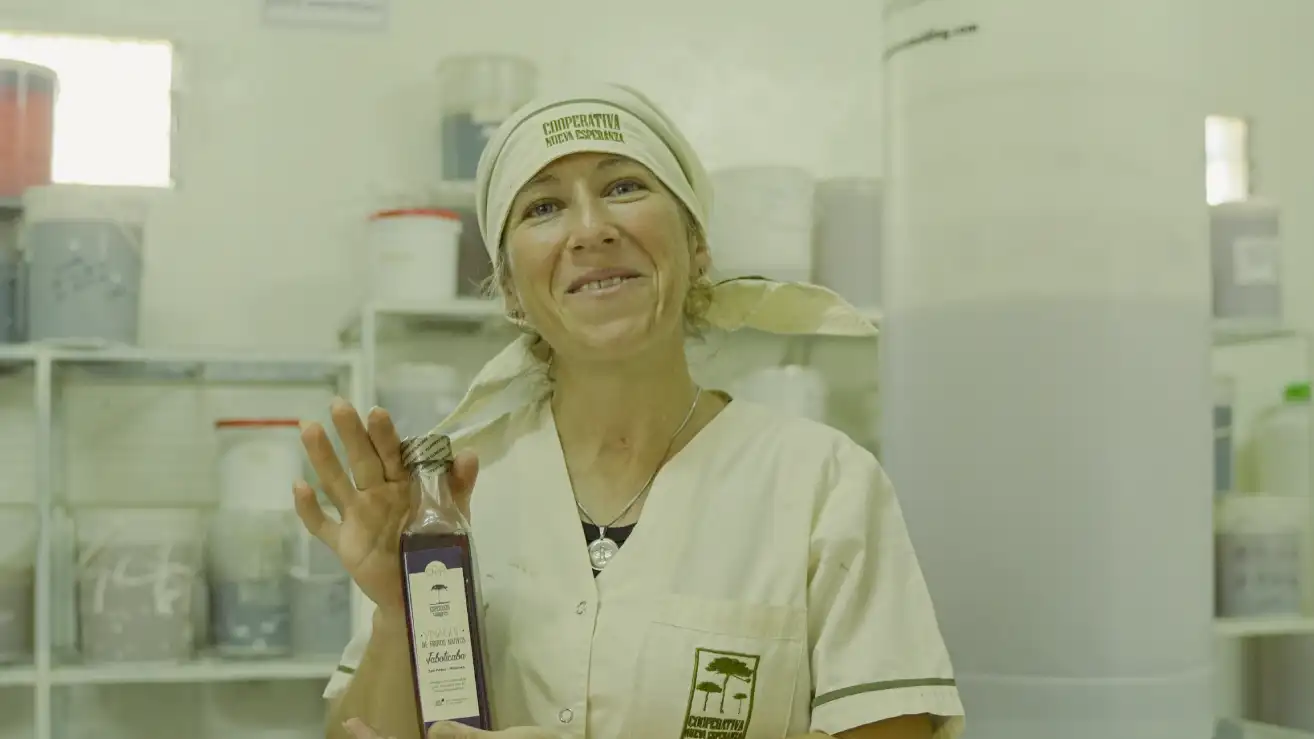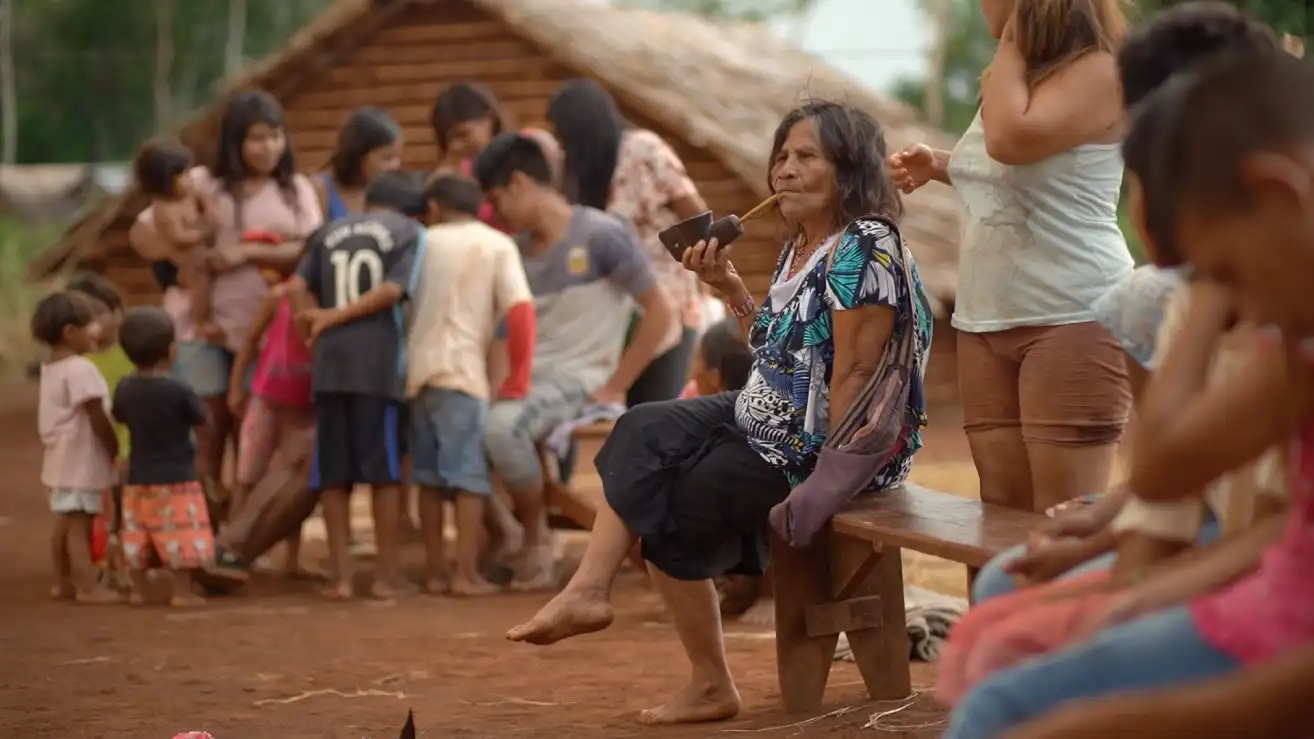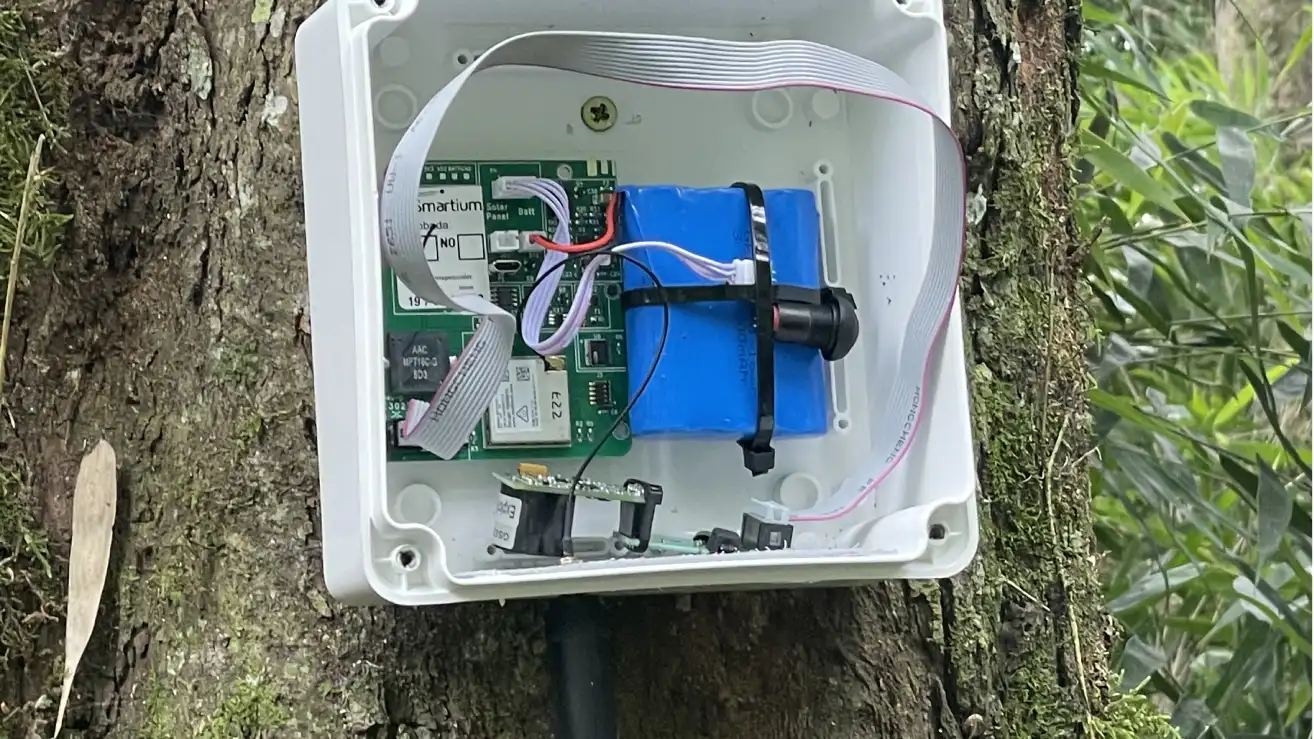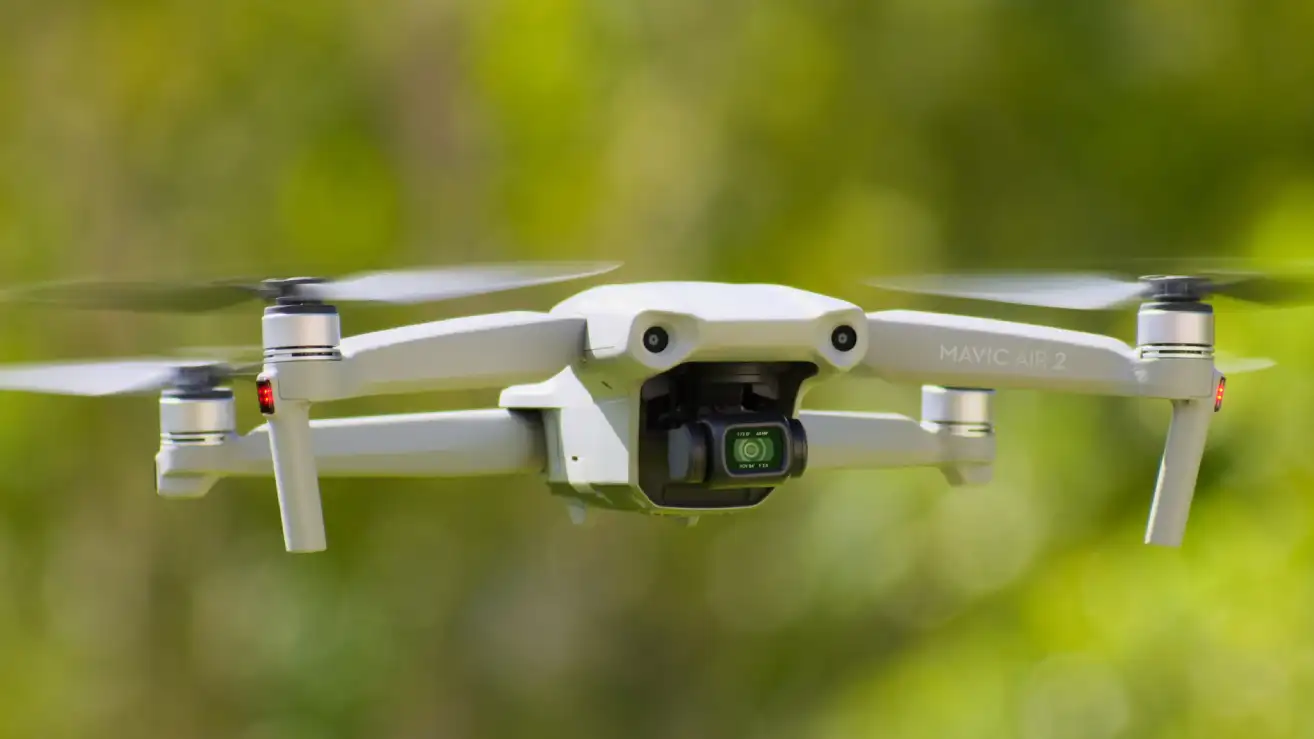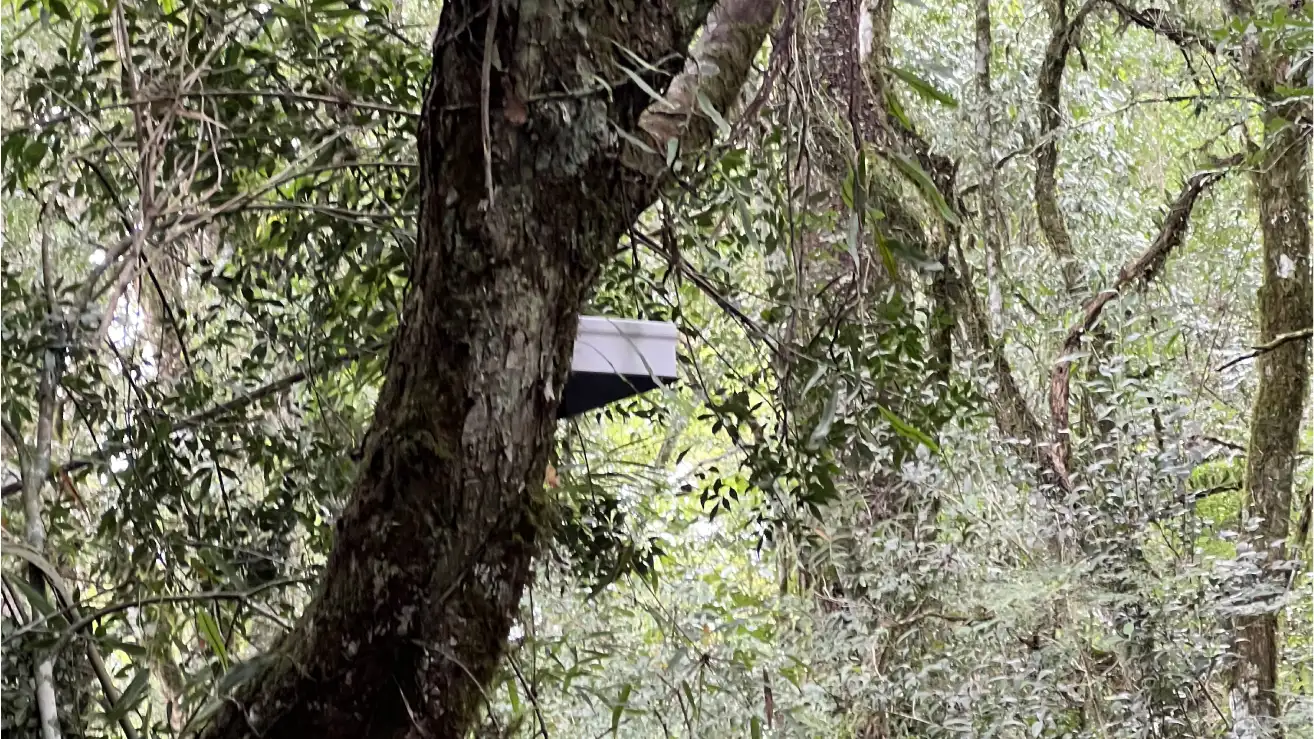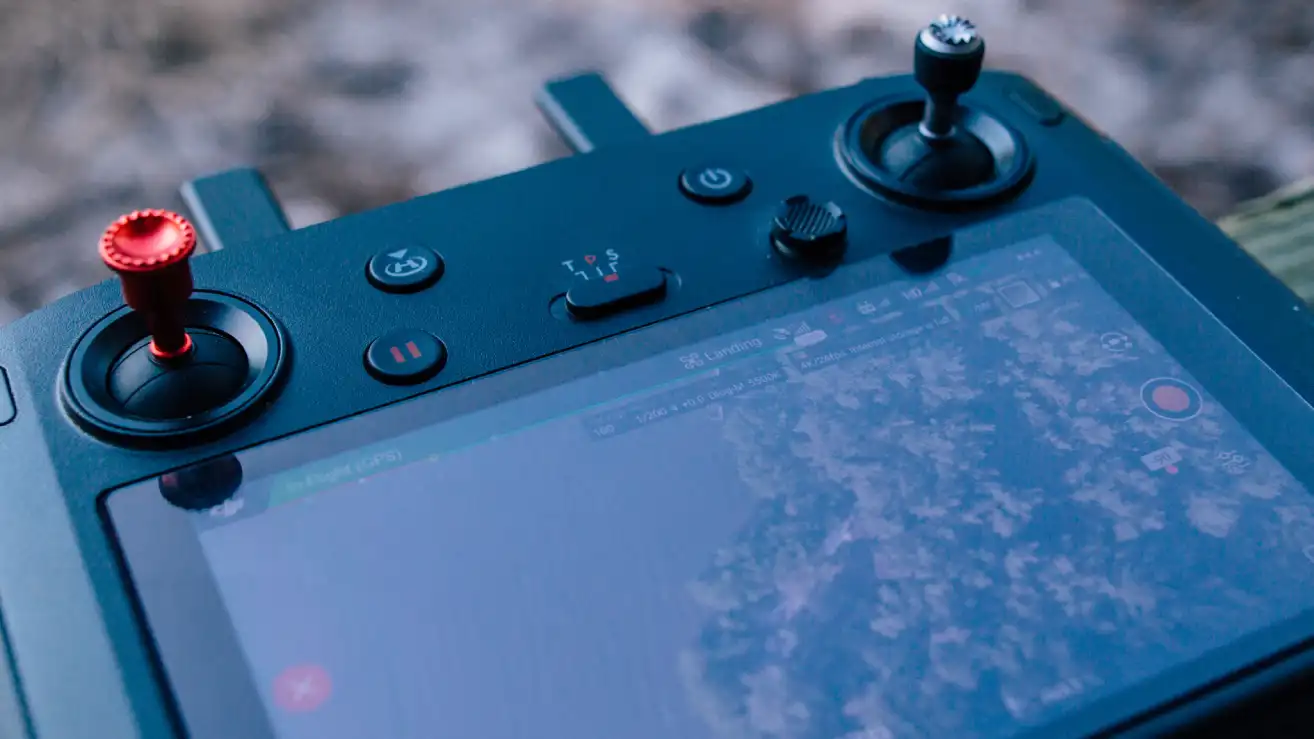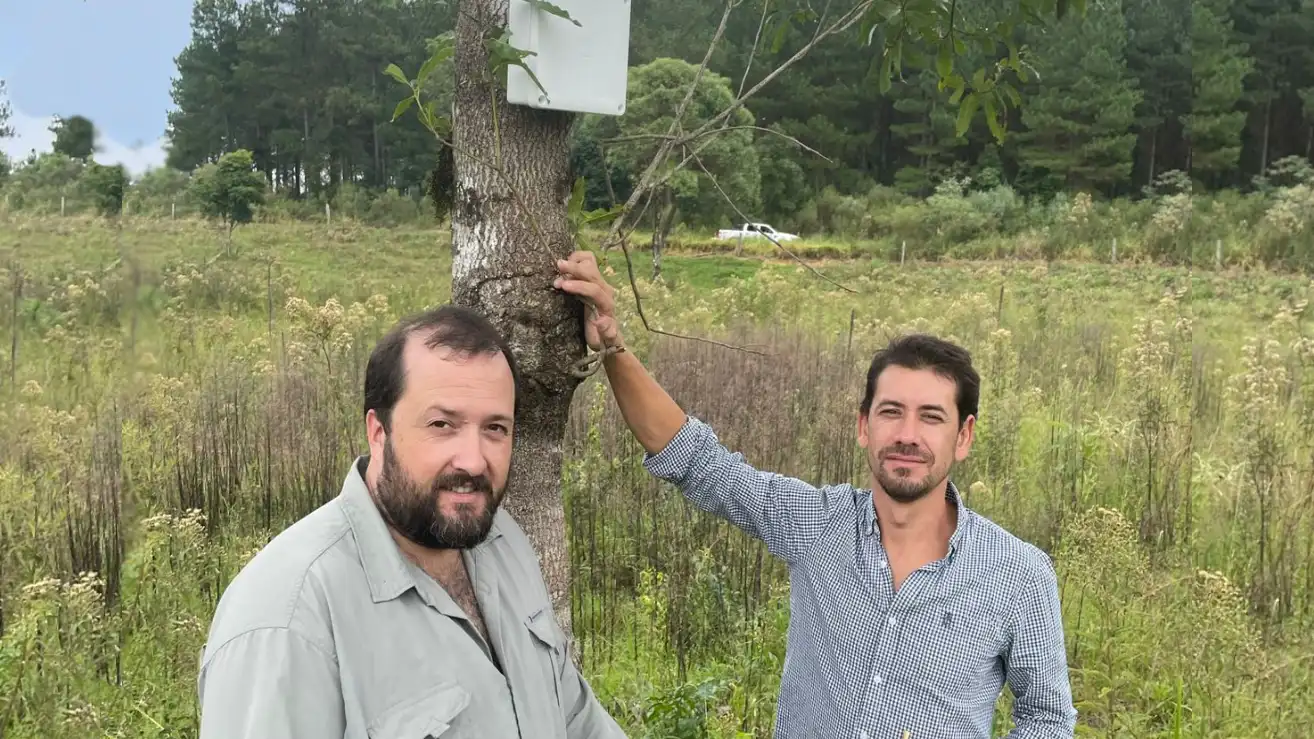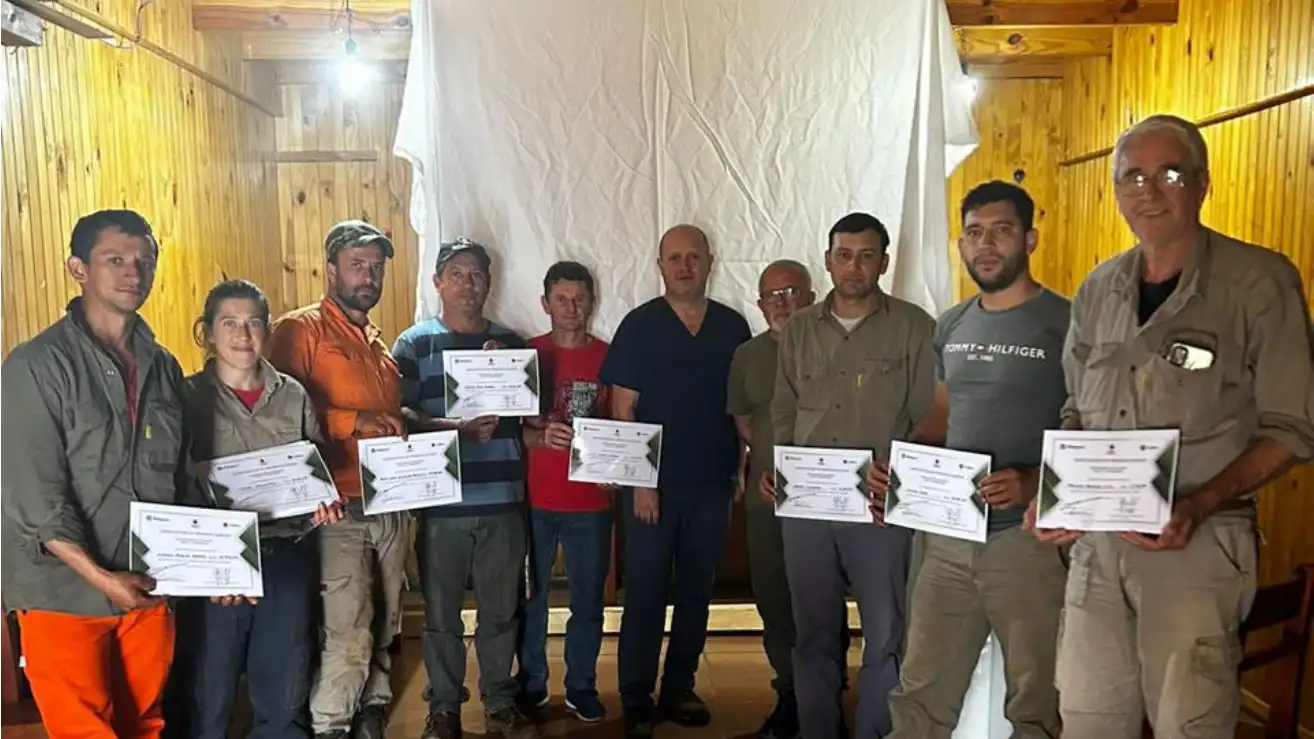Vida Nativa Project

Forest composition
22,878 hectares of Atlantic forest

Biodiversity
56 endemic and 10 endangered species

Carbon sink
2,455,977 tons of total carbon sequestered in forest biomass
Over the past 120 years, the Atlantic Forest has suffered intense extraction of native species and loss of structural integrity—first driven by industrialization and urbanization, and since the late 20th century by the expansion of mechanized agriculture, which consolidated deforestation and habitat fragmentation, leading to losses in biodiversity and essential ecosystem services.
Forest restoration
We use native species to promote biodiversity in 22,878 of its hectares and thus restore the original structure of the ecosystem. Scroll through our interactive map to find the actions we are taking and the next stages of our project.
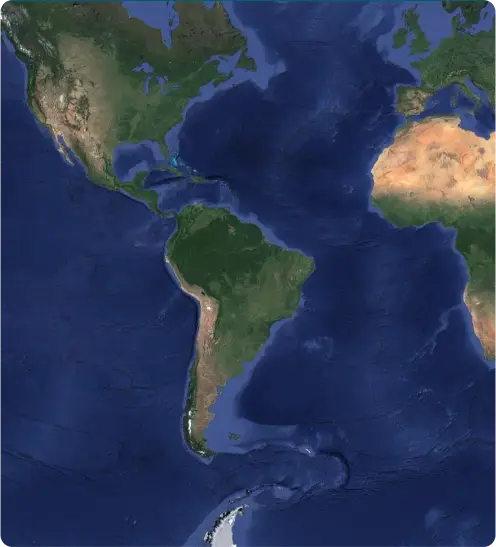
Explore our restoration project in the Paranaense Rainforest
Certifications and specifications


Our Project's Sustainable Development Goals








Biodiversity conservation
Together with specialized professionals, we conduct annual flora and fauna surveys to estimate species richness and the density or abundance of their populations. We prioritize monitoring keystone species, whose population dynamics allow us to assess ecosystem health and the impact of our interventions. This evidence base—integrating field monitoring and detection technologies—supports our compliance with the Climate, Community & Biodiversity (CCB) Standards at the Gold level, reflecting a verifiable commitment to sustainability and conservation.

56 native species

10 endangered species
Local communities
Selva Paranaense Vida Nativa is located near the Mbyá-Guaraní community of Tekoa Alecrín and other rural communities. Together with them, we carry out activities that strengthen relationships and deepen understanding of their culture and social organization, respecting their protocols for intercommunity relations and their relationship with the forest. We have implemented a public consultation with rural communities and a Free, Prior and Informed Consent (FPIC) process with the Indigenous community, aiming to establish a consensual and long-term collaboration, safeguard their rights, and co-design support programs for climate change adaptation and for improving their living conditions within the framework of their own worldview and relationship with nature.
Conservation technology
At Nideport, we harness technology to serve the forest and those who protect it. Satellites, drones, IoT, monitoring cameras, and biotechnology are integrated into an artificial intelligence-powered platform that detects anomalies, generates verifiable automated alerts, and ensures full traceability of every intervention. This enables us to make precise decisions, reduce risks, and streamline MRV—accelerating native forest restoration and supporting ultra-high-quality carbon credits.
 Satellites
Satellites Drones
Drones IoT
IoT Monitoring cameras
Monitoring cameras Biotechnology
Biotechnology